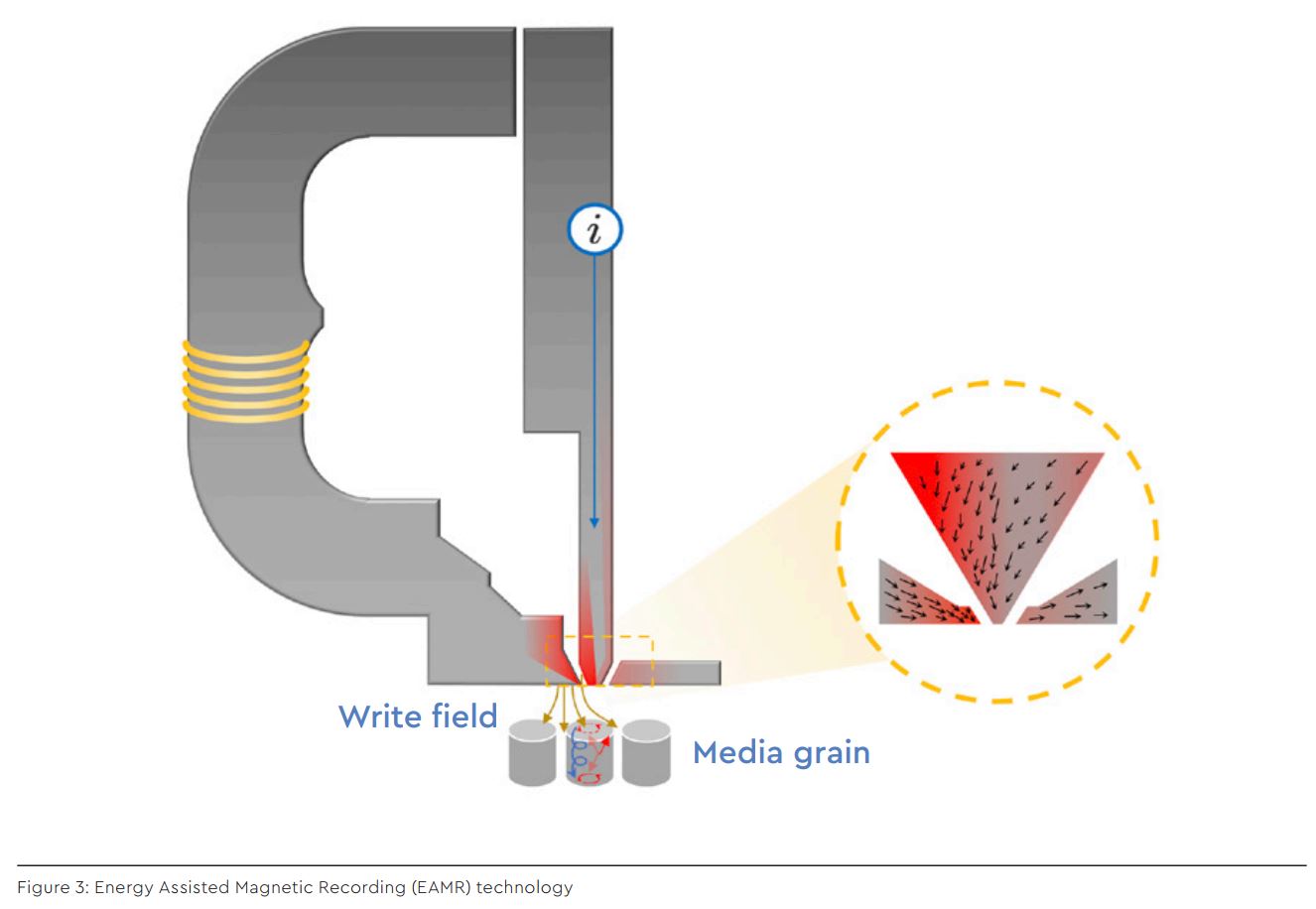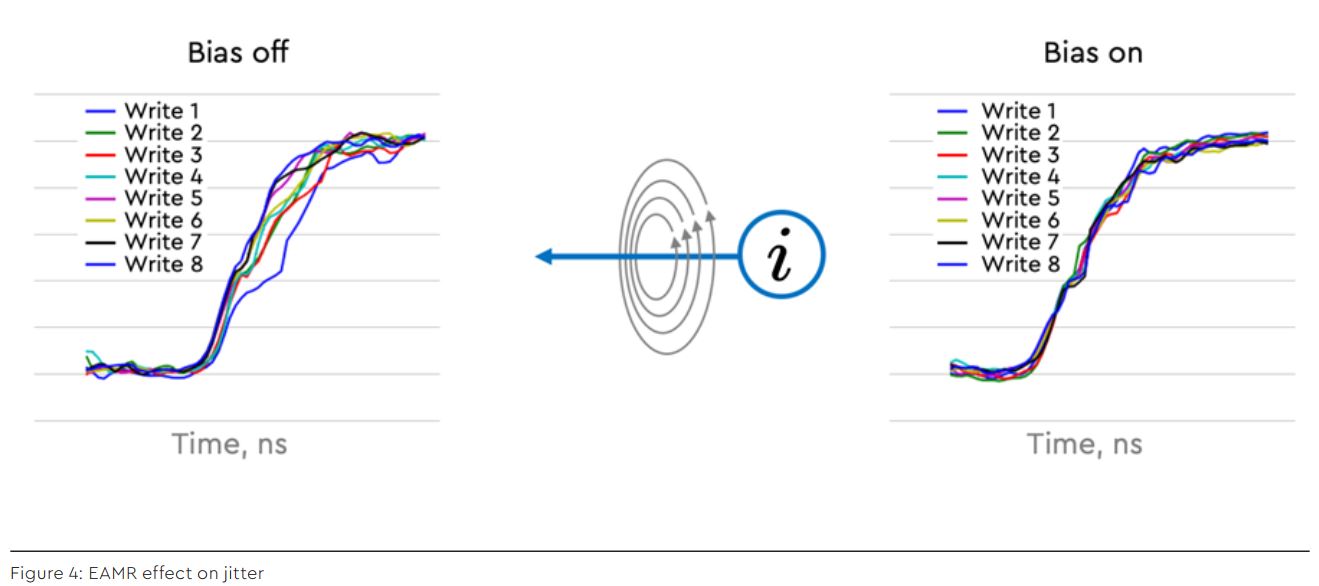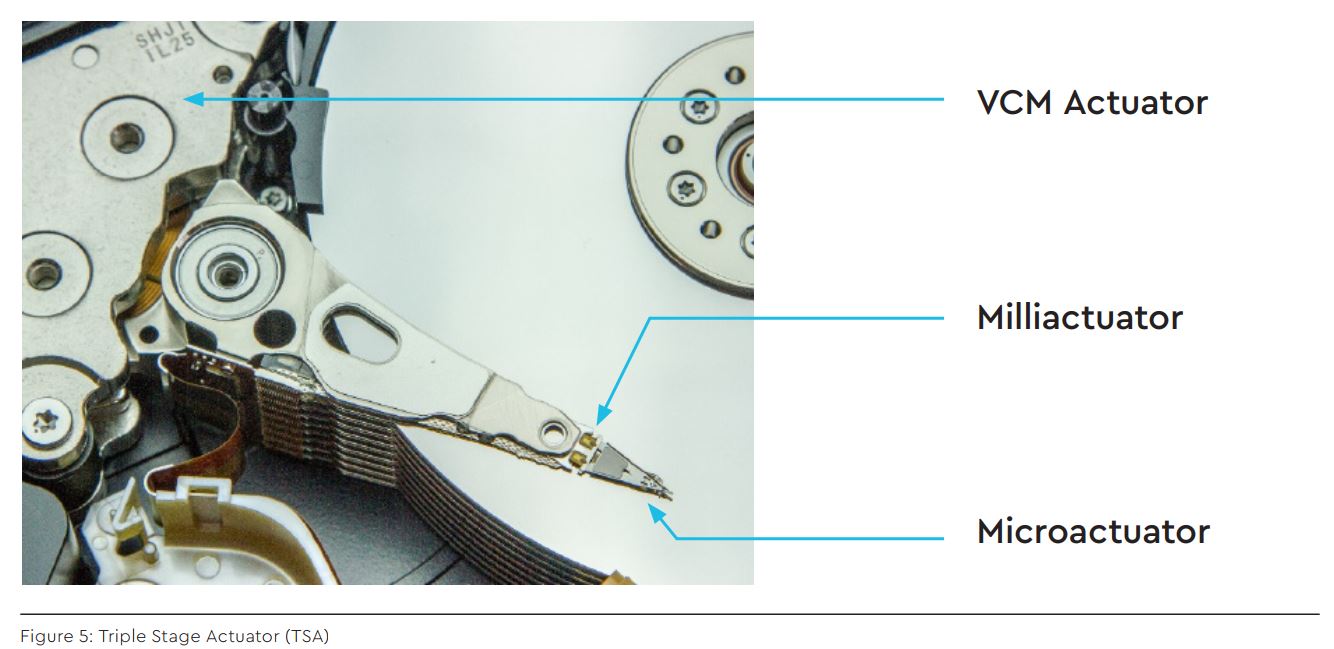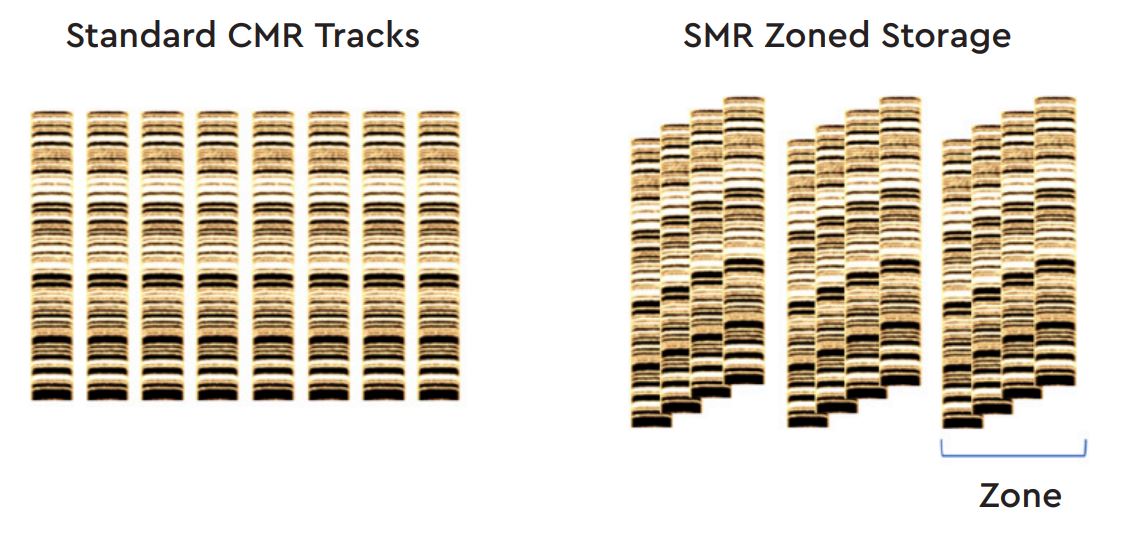Meet ePMR, The New Tech Behind WD's Gold 16TB and 18TB HDDs
WD's new Gold 16TB and 18TB drives stand out because the company is using a new technology to increase drive density. The company's Ultrastar drives are the first to ship with ePMR (Energy-assisted PMR), a type of Energy Assisted Magnetic Recording (EAMR) that the company has now shared a few details about. This new tech stands in contrast to MAMR, another new technology WD has spent years working on, and the company tells us the new recording tech is part of a phased rollout of new technologies.
The new drives also mark the debut of the company's triple-stage actuator to a nine-platter hard drive. Both of these new technologies make their debut in the data center WD Gold line of hard drives, but it's possible that we could see this technology worm its way down to the desktop PC market.
The future of HDDs should look much like its past, with new technologies being developed to continue the onward march to storing more data bits in a smaller space, thus improving storage capacity within the same confines as existing devices. However, with the tried-and-true PMR recording technology reaching the upper limits of its capabilities, HDD vendors began developing new technologies that are both quite a mouthful and quite exotic, but both are flavors of EAMR. Heat-Assisted Magnetic Recording (HAMR) technology uses lasers to heat the surface of the drive to improve density, while Microwave Assisted Magnetic Recording (MAMR) uses a microwave field to accomplish the same feat. Seagate has chosen the HAMR route, while WD has stated previously that it is researching both MAMR and HAMR for its future drives.
However, both vendors haven't shipped those new technologies within their previously-planned timelines, but WD has made the first step to an EAMR technology with the Gold line of drives.

Unlike WD's previous announcements around new recording technology, the company hasn't shared what it sees as the maximum data storage density achievable with ePMR, thought it says it has achieved 1022 Gbits/in2 for its 18TB drive, and 918 Gbits/in2 for its 16TB model. The company says that its first line of ePMR drives are focused on establishing a track record of reliability using proven technologies, like a similar magnetic recording material and established substrates, but it could increase density with ePMR in the future as it continues to tweak the technology.
WD says it found its new approach during its development of MAMR and HAMR technology. Instead of relying upon a microwave field to drive energy into smaller bits, this technique builds upon the industry-standard Perpendicular Magnetic Recording (PMR) by applying an electrical current to the main pole of the write head during the write operation, which creates an additional magnetic field that reduces jitter in the write currents. This allows the write head to write more consistently to smaller tracks.

This reduction in jitter produces a more consistent write signal, thus allowing the company to increase bits per inch (BPI) and areal density.
Get Tom's Hardware's best news and in-depth reviews, straight to your inbox.


WD's new Gold HDDs also mark the debut of the company's triple stage actuator on a drive with nine platters. The system uses three pivot points to increase accuracy of the read/write heads: a Voice Control Motor (VCM) actuator, milliactuator, and microactuator. The enhanced precision enables higher tracks per inch and higher areal density, both of which boost overall capacity.
As expected, the drives come with helium to reduce turbulence inside the case, along with reducing power consumption and allowing the use of thinner platters.
| Model Number | Capacity | Data Transfer Rate | Cache |
|---|---|---|---|
| WD181KRYZ | 18TB | 269 MBps | 512MB |
| WD161KRYZ | 16TB | 262 MBps | 512MB |
| WD141KRYZ | 14TB | 267 MBps | 512MB |
| WD121KRYZ | 12TB | 255 MBps | 256MB |
| WD102KRYZ | 10TB | 262 MBps | 256MB |
| WD8004FRYZ | 8TB | 255 MBps | 256MB |
| WD6003FRYZ | 6TB | 255 MBps | 256MB |
| WD4003FRYZ | 4TB | 255 MBps | 256MB |
| WD2005FBYZ | 2TB | 200 MBps | 128MB |
| WD1005FBYZ | 1TB | 184 MBps | 128MB |
The new drives spin at 7,200 RPM and use the SATA interface. The 16TB model pushes out 262 MBps while the 18TB model peaks at 269MB/s, which is slightly faster than their less-capacious counterparts.
WD says that ePMR technology can work with both standard conventional magnetic recording (CMR), which uses tracks aligned perpendicularly, or Shingled Magnetic Recording (SMR), which involves overlapping the tracks to increase density and reduce cost, though it does come with a performance penalty in some types of workloads.
The WD Gold drives are shipping now and have a five-year warranty, 550TB-per-year endurance rating, and 2.5-million hour MTBF, which indicates the new tech is just as reliable as other recording technologies.

Paul Alcorn is the Editor-in-Chief for Tom's Hardware US. He also writes news and reviews on CPUs, storage, and enterprise hardware.
-
Adzls "applying an electrical current to the main pole of the write head during the write operation "Reply
Isn't this the typical way of energising a write coil? How is it suddenly stabalizing?
What's new about this technique that allows this density increase?
Or is this the secret sauce for a later in-depth breakdown. -
JerryC ReplyAdzls said:"applying an electrical current to the main pole of the write head during the write operation "
Isn't this the typical way of energizing a write coil? How is it suddenly stabilizing?
What's new about this technique that allows this density increase?
Or is this the secret sauce for a later in-depth breakdown.
Well that's the $24,000 question, isn't it? Nobody other than WD and maybe Seagate knows how it is done -
spongiemaster ReplyAdzls said:"applying an electrical current to the main pole of the write head during the write operation "
Isn't this the typical way of energising a write coil? How is it suddenly stabalizing?
A traditional write head is magnetized by the energized voice coil. These new write heads have a current sent directly down the write heads main pole in addition to the charged coil. This current down the pole heats the platter which allows more bits to be written in a given area. The exact details are unknown because WD hasn't released any. All they're really saying is that this a step towards true MAMR drives.